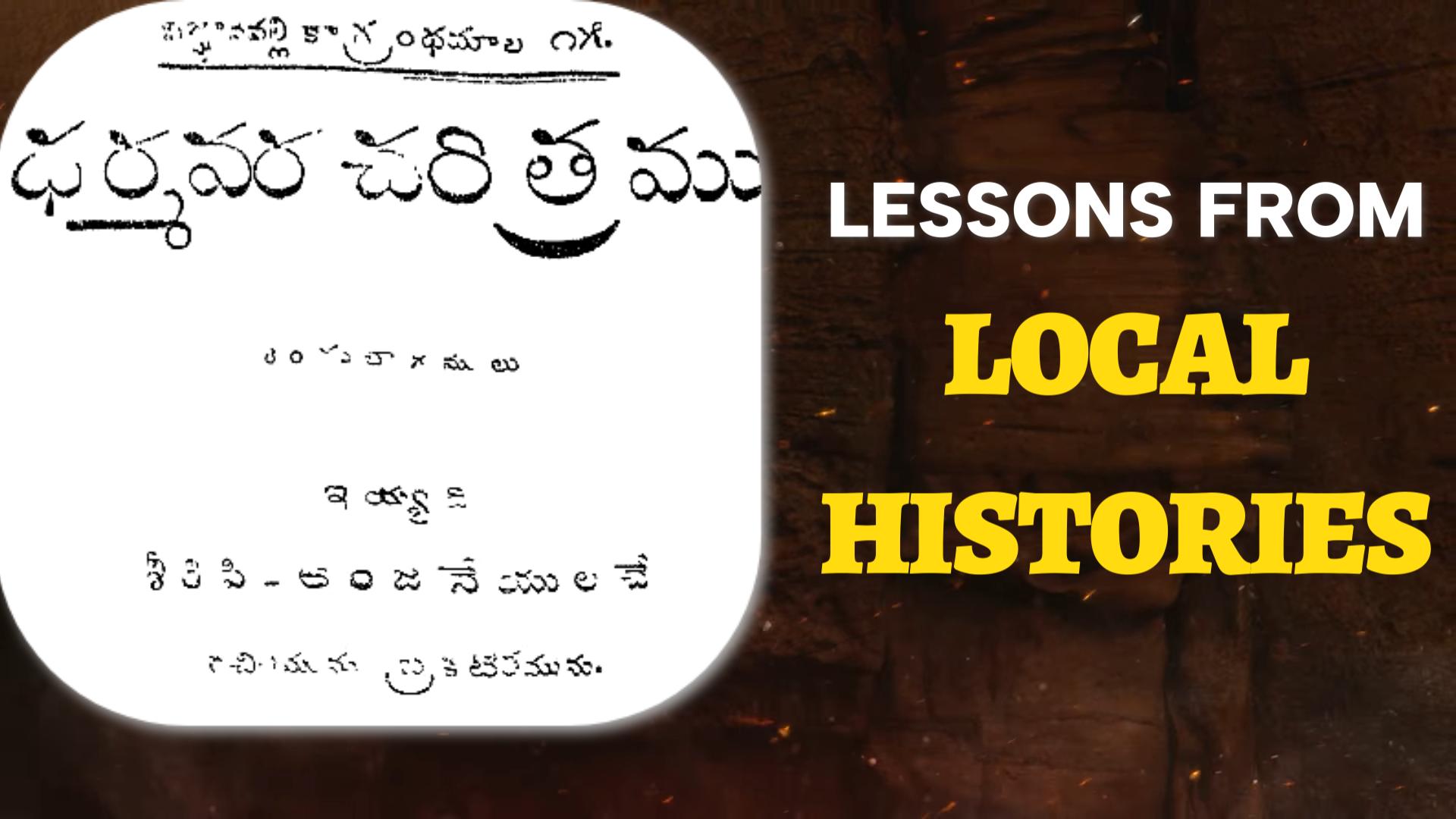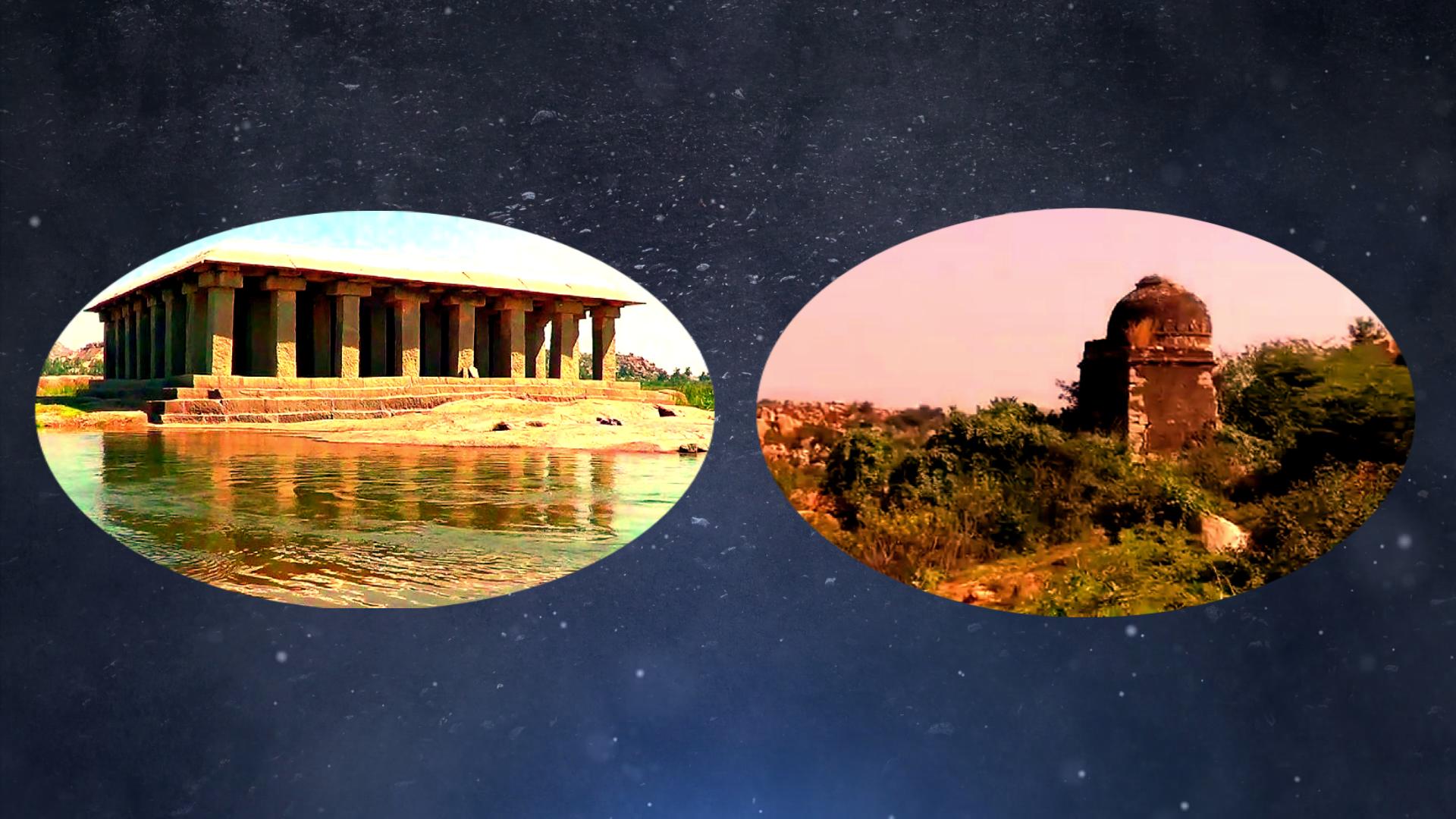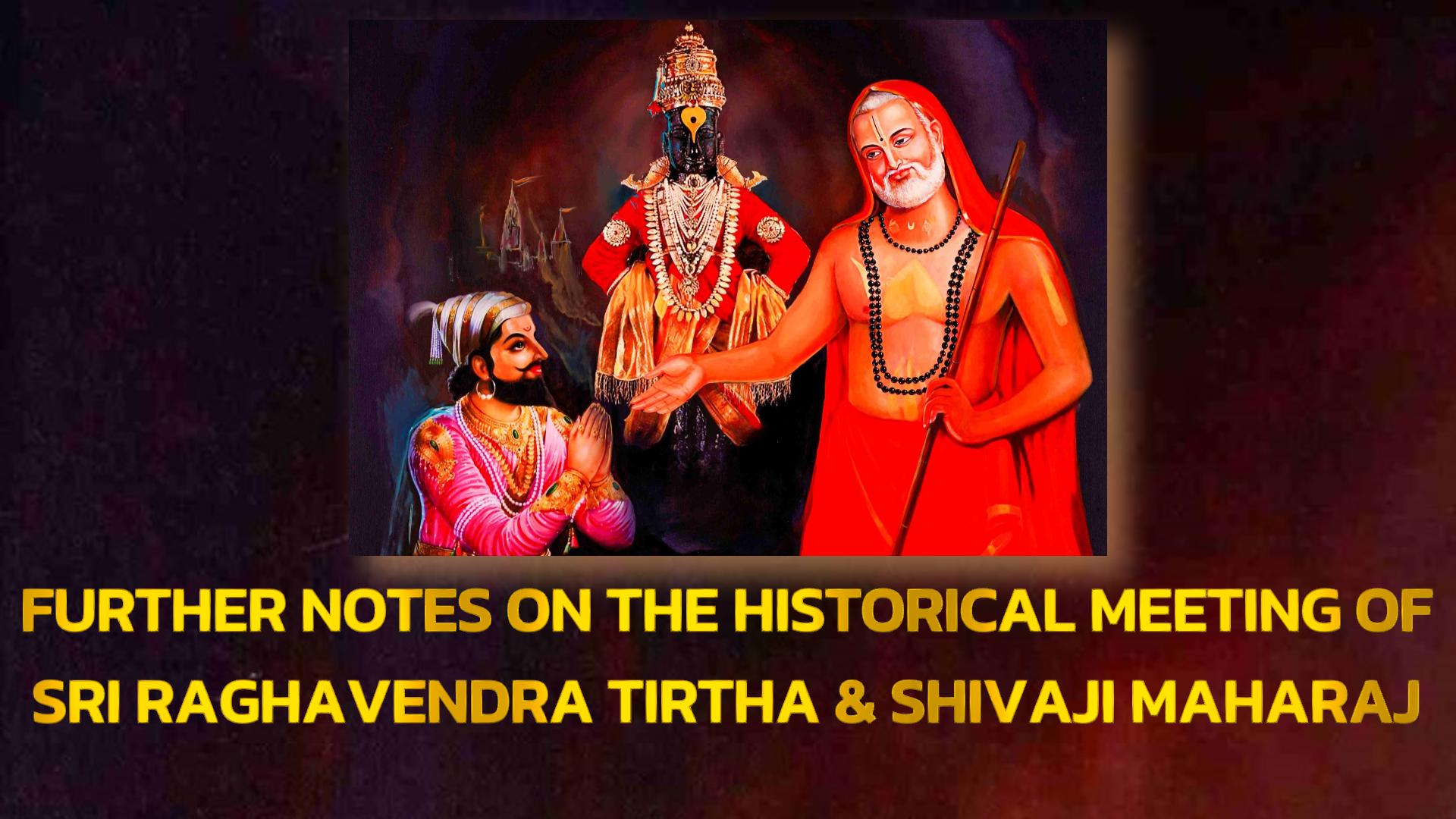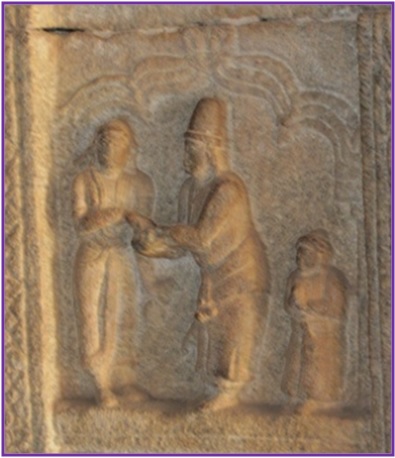KRISHNADEVARAYA & VITTHALA OF PANDHARAPUR BY M.G. KHARE
BY
Mr. M.G. Khare, M.A.,
Bharat Itihasa Samshodhak Mandal, Poona
Published by: The Vijayanagara Empire Sexcentenary Association & Karnatak Historical Research Society, Dharwar
Published in: Vijayanagara Sexcentary Commemoration Volume, 1936.
In Maharashtra among the public in general and the devotees of the God Vitthala in particular, there is current one story which says that once Ramaraya, the king of Vijayanagara came to Pandharapur to have darshan of Vitthala. At that time he was so much pleased with the darshana that he entreated the God to accompany him to Vijayanagara. The God having acceded to his wish on certain conditions, Ramaraya managed to carry the Vitthala image to his capital and there installed it in a temple specially built for the purpose.
The Maratha devotees much afflicted by the absence of the image at Pandharapur requested one Bhanudasa, a devotee from among them, to bring back the image and to this the latter was very gladly consented. Accordingly, he went to Vijayanagara, propitiated the god and persuaded him to return to Pandharapur. In the meanwhile, through some misunderstanding, the king being enraged, was on the point of hanging Bhanudasa, when, owing to a miracle and the warning from the god, the king allowed the removal of the image and Bhanudasa brought it back to Pandharapur. Such is the general outline of the story though there are some deviations here and there.
This story is narrated at length by the following four old Maratha writers:
- Vithala kavi of Bid, who flourished about the year 1679 AD
- Kesava svamin, who was alive in 1682 AD
- Mahipati who wrote his two works Bhakta Vijaya & Bhakta Leelamrita in the 3rd quarter of the 18th century, and
- Bhima svamin who lived in 1789 AD.
Of these four writers Bhima svamin’s account is based, as expressed by himself, on mere oral tradition. Mahipati assers that he has not written nothing out of his own imagination, but has based his account on the works of previous writers. He names two such books – Santa Charitra (Bhaktamaala?) of Nabhaji Bhakta Charitra (Santa Maalika?) of Uddhavachidaghana. Unfortunately, the first does not even refer to Bhanudasa and the second alludes to him only by name.
It follows, therefore, that Mahipati must have used some other sources. What could possibly be the other sources? I think he must have largely drawn upon the accounts of Vitthala kavi and Kesava svamin who were prior to him in age. For we know of no other works than those of the two mentioned above.
The date of Bhanudasa is not finally fixed as yet though it is generally believed that he was born in Saka 1370 (1448 AD) and lived till Saka 1435 (1513 AD). This means that even the earliest biographers of Bhanudasa were not contemporary with him but lived at least about 175 years after his demise. Besides they were not historians in the sense we use the word at present and it is but quite natural that their accounts should abound in discrepancies, deviations and anachronisms etc.
All these biographers state that Ramaraja managed to remove the image to Vijayanagara. But if we accept the date of Bhanudasa as correct, then the incident in question must have happened sometime before Saka 1435 (1513 AD) or perhaps in the beginning of Krishnaraya’s reign. Then the mention of Ramaraja is a mistake. If we take the allusion to Ramaraja to be true, then we must make Bhanudasa to live at least 30 years more. But in that case we will have to face another difficulty with regard to the age of Ekanatha the great grandson of Bhanudasa, whose accepted date is Saka 1470-1521 (1548-99 AD). Then the period for two generations viz; of the grand father and the father will be only five to six years which is unreasonable. Thus it will be seen that there is irregularity and anachronism in the narration of this story.
But the pity of the question is that though Ekanatha in the introduction to his well known work Bhagavata, refers to a miraculous incident, in the life of his great grandfather, is silent on the present marvelous incident. Had he believed in the truthfulness of the incident he would have been careful to note it. But as he has not done so, the natural inference would be that he either did not believe in the story or he did not know it at all.
At Vijayanagara there is a well known temple of Vitthala or Vitthalasvamin under the care of the Archaeological Department about which a report of the same Department states that “It was begun by Krishnadevaraya in 513 and the work was carried on by his queens and successors Achyuta and Sadasiva. However the temple was apparently never finished or consecreated. In all probability the owrk was stopped by the destruction of the city in 1565.”
In support of the above statement we find in the same report reference to a tradition, the gist of which can be given thus, “But the god having come to look at it (the temple) refused to move, saying that it was far too grand for him and that he preferred his own humbler home.” From this it becomes evident that according to the opinion of the Government Archaeologist who has made the above remarks, the temple in question was never completed and consequently no image was installed there.
But if we examine the inscriptions about this temple that have come to light, they tell us altogether a different story.

The list clearly shows that these inscriptions which range from Saka 1435 to 1486 (1513-64 AD) prove beyond doubt that during all these years there was one Vitthala image in the temple and its daily worship was in full swing with all pomp, show and magnificence, no question whether the temple was finished or not.
Now we have a very interesting piece of information about Krishnaraya in Saka 1435 (expired i.e. 1513 AD) this king invested the territory of Gajapati Prataparudra and after vanquishing him pursued him up to Udayagiri. He captured the town and some of the relatives of Prataparudra whereafter he returned back to Vijayanagara with a fine image of Balakrishna which he found in a temple at Udayagiri. At Vijayanagara he erected for this image a large temple – resembling that at Udayagiri in general plan and installed the image in it. Both the image and the temple can seen this day though in a mutilated and neglected state.
In Saka 1442-43 (1520-21 AD) a battle was fought between Krishnaraya of Vijayanagara and the Sultan of Bijapur, Ismail Adilshah in which the latter sustained a crushing defeat at the hands of the former. But before and after the incident there was a perfect peace between the two powers. During that period it was quite possible for Krishnaraya to remove the Vitthala image of Pandharapur to Vijayanagara.
In support of this possibility, evidence can be brought forward.
Vadirajatirtha, a Madhva saint, who was nearly contemporaneous with Krishnaraya has left for us a work Tirtha Prabandha written about Saka 1493 (1571 AD) which refers to many holy places and in which we find the following interesting verse:
चौर्यान्मात्रुनिबद्धचारुचरणः पापौघचौर्याद्बुधै-
ब्रद्धस्त्व पथि पुंडरीकमुनिना जारॆति संबॊधित
तुंगातीरगतॊसि विठल भियॆर्व न्याकृतिर्वाछित
वॆत्त्रूणा यदि मे न ददास्यसि पदं त्वत्संस्थितं कथ्यते
The third line of this verse clearly states that Vitthala had gone to the banks of Tungabhadra i.e. to Vijayanagara. But in it also occurs the Anyakrih which is to be construed with Vitthala and which may mean that Vitthala went to Tungabhadra in another form.
In that case the natural inference will be that the Vijayanagara image of Vitthala was different from the Pandharapur one. But unfortunately we do not know the exact year in which the above work was composed.
After the battle of Rakkasi Tangadgi, there was a general molestation of Vijayanagara temples in which the original Vitthala image might have been broken and Vadirajatirtha might be referring to a new image installed there since then. But the question must remain unsettled till we know the exact date of composition of Tirthaprabandha and till we find the real image or images consecrated in the temple.
In this connection, I may bring to the notice of the readers that Dr. C. Narayana Rao of Anantapur (Madras) seems to claim that he found the Vitthala image which was worshiped in the above temple. Let us then hope to know more about this question after his very interesting article is published.
But in the present state of evidence, I conclude, that while there is every possibility of Krishnaraya’s carrying the said image of Pandharapur to Vijayanagara, there is very little probability of its having been retaken to Pandharapur and installed there in its original place.
*****




